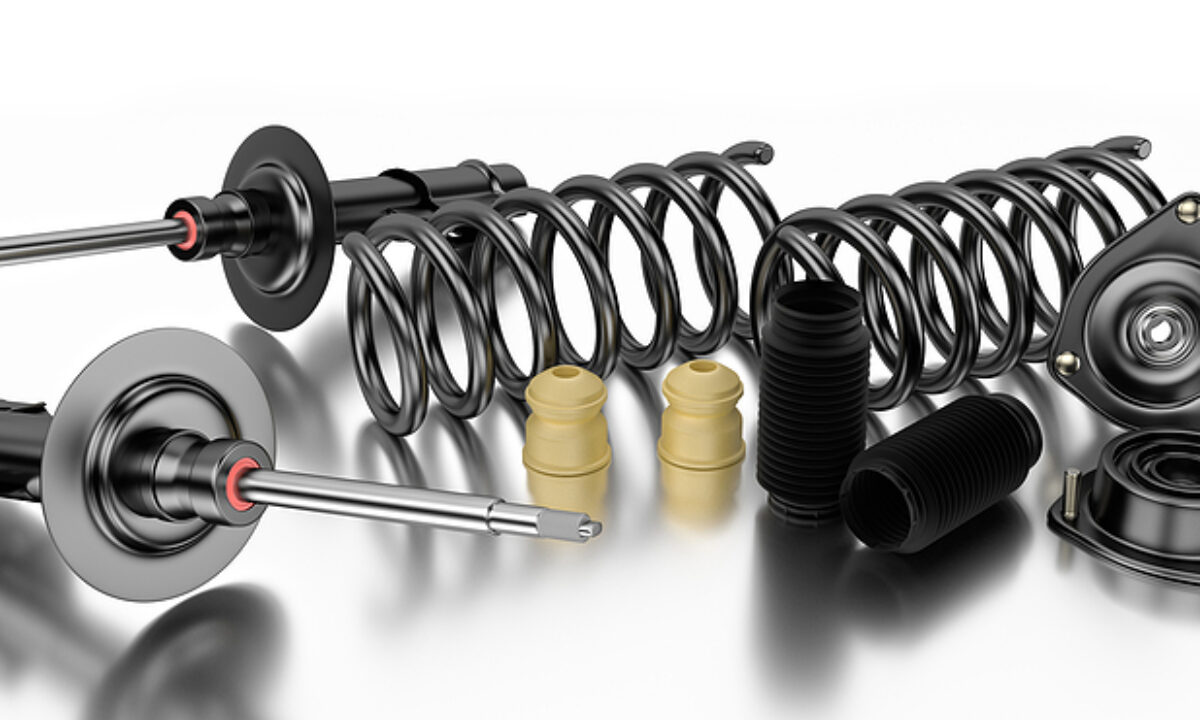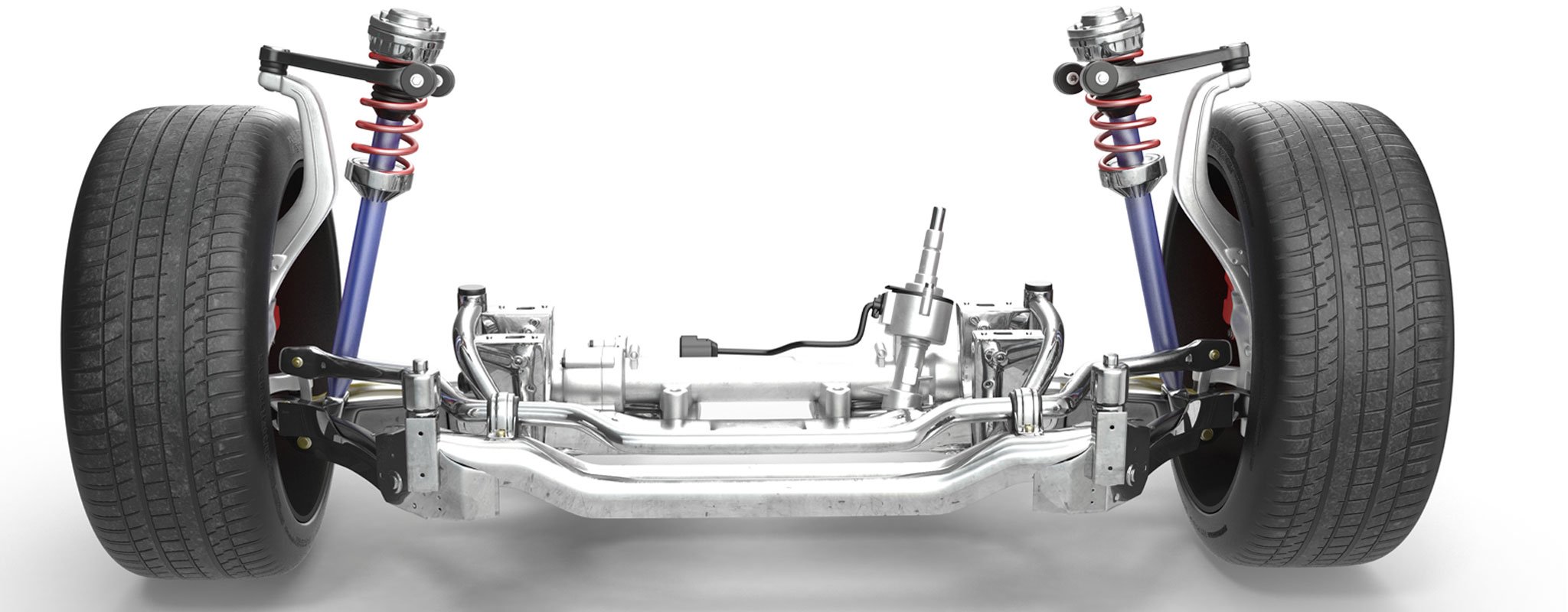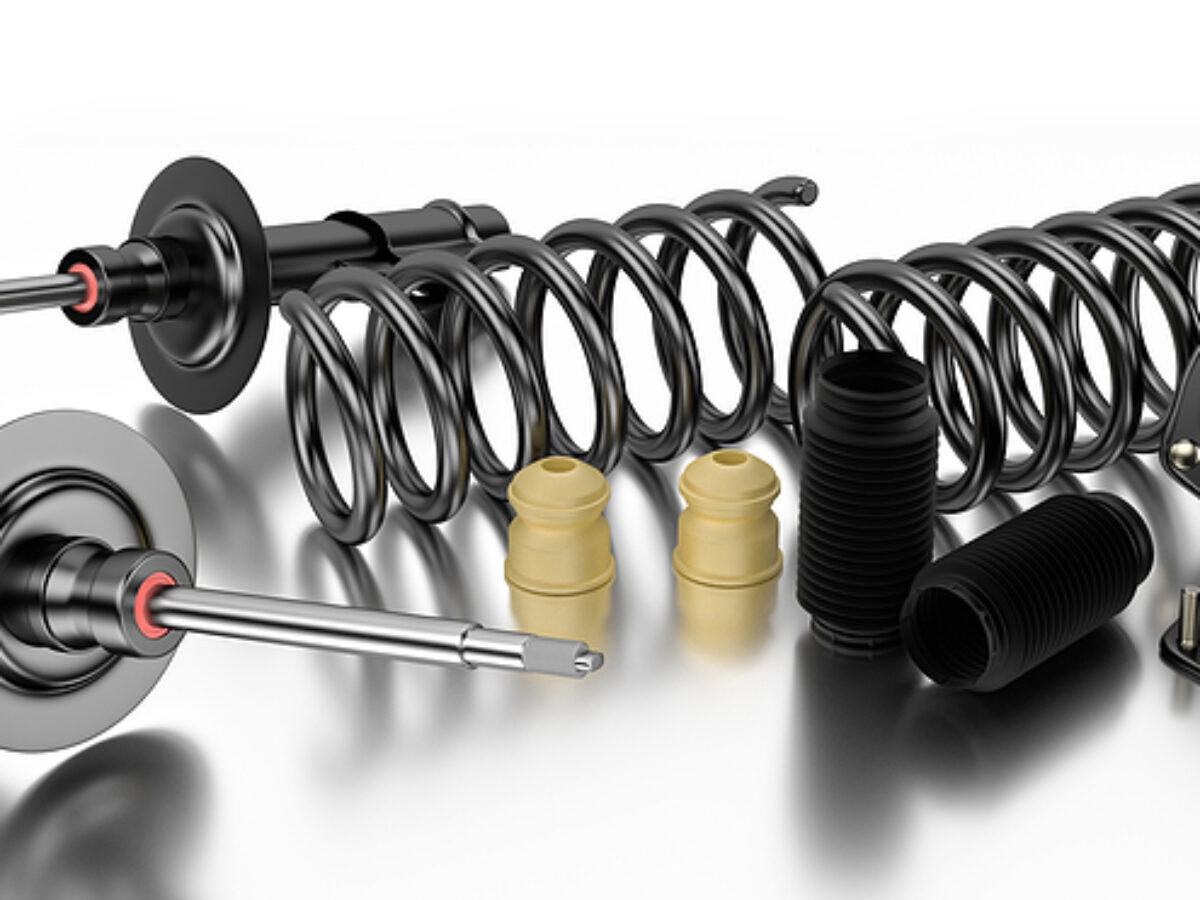Welcome to our guide on bad struts and their impact on your driving experience. Discover the warning signs, risks, and how long you can continue driving with bad struts. Let’s dive in!
How Long Can You Drive With Bad Struts?

The suspension components in your car play a critical role as they connect the wheels/surface to the chassis. Therefore, any malfunctioning suspension component can have a profound impact on your safety and that of other road users.
Among the suspension components, struts or shocks hold particular importance as they influence various aspects of handling, including braking, acceleration, tire traction, and cornering.
The duration you can drive with broken struts depends on their severity. If you observe only a minor oil leak and notice no handling differences, you might be able to continue driving for another week or two before they completely fail. However, if you notice a significant oil leak and experience unusual handling characteristics, it is absolutely unsafe to continue driving the car any longer.
Stay tuned to discover the signs of bad struts, their impact on your safety, and the duration you can drive with them in such condition.
What happens if you drive on bad struts?

As with many components in your vehicle, shocks and struts gradually wear out over time. Once their wear begins to affect your vehicle’s performance, your service provider will likely suggest replacing the worn parts to restore your car’s ride and handling. Delaying the inspection of worn shocks and struts jeopardizes your ability to stop, steer, and maintain stability, leading to a range of consequences from bothersome to critical for your safety:
1. Reduced braking efficiency: Worn shocks and struts can negatively impact your brakes’ performance, increasing your vehicle’s stopping distance, which becomes critical in emergency braking situations. Moreover, you face an elevated risk of skidding on wet roads. To ensure your safety and that of others on the road, promptly inspect and replace worn shocks and struts.
2. Tire wear: If you notice abnormal tread wear on your tires, it may be the result of worn shocks and struts. Check for signs of cupping or accelerated wear, as these issues can reduce your shocks’ or struts’ ability to maintain proper tire-to-road contact. This can lead to safety concerns, especially on wet roads, where the risk of hydroplaning rises. Address the root cause by having your service provider inspect your steering and suspension system, including shocks and struts.
3. Loss of handling and control: Failing shocks or struts directly affect your vehicle’s control. You may experience excessive bouncing, abrupt rolling or swaying when turning, or a sensation of being out of control during cross winds. Over time, shocks and struts can lose their ability to control weight transfer, resulting in a lack of control over your vehicle. This can be perilous, particularly if your tires lose contact with the road surface, making it difficult to handle your vehicle in an emergency situation.
4. Increased wear on other suspension parts: Worn shocks and struts can negatively impact related steering, braking, and suspension components. As these parts wear down, they allow more suspension movement, causing a ripple effect on other components. This added wear and tear can lead to quicker deterioration of related parts, potentially leading to additional repair expenses. To prevent this, address worn shocks and struts promptly to maintain the overall health of your vehicle’s suspension system.
Can a car run with bad struts?

The primary indicators of a bad strut include a knocking sound while driving over bumps or a clinging sound when making turns (in the case of front struts). Additionally, you might observe your car’s height sloping to one side and experience a more bouncy suspension than usual.
What does bad strut sound like?
The duration you can drive with broken struts depends on the severity of the damage. If you detect only a minor oil leak on the strut and experience no handling differences, you may be able to drive for another week or two before they completely fail. However, if you observe a significant leak and encounter unusual handling characteristics, it is absolutely unsafe to continue driving the car any longer.
Can bad struts wear out tires?

Worn-out shocks and struts can lead to uneven tire wear. The bouncing of the car due to worn shocks and struts can cause accelerated tire wear, including cupping or scalloping of the tires, where pieces of rubber are gouged out. These bad struts can have a detrimental effect on vehicle performance and safety. Addressing this issue promptly is crucial to prevent further damage and ensure a smooth and secure driving experience.
